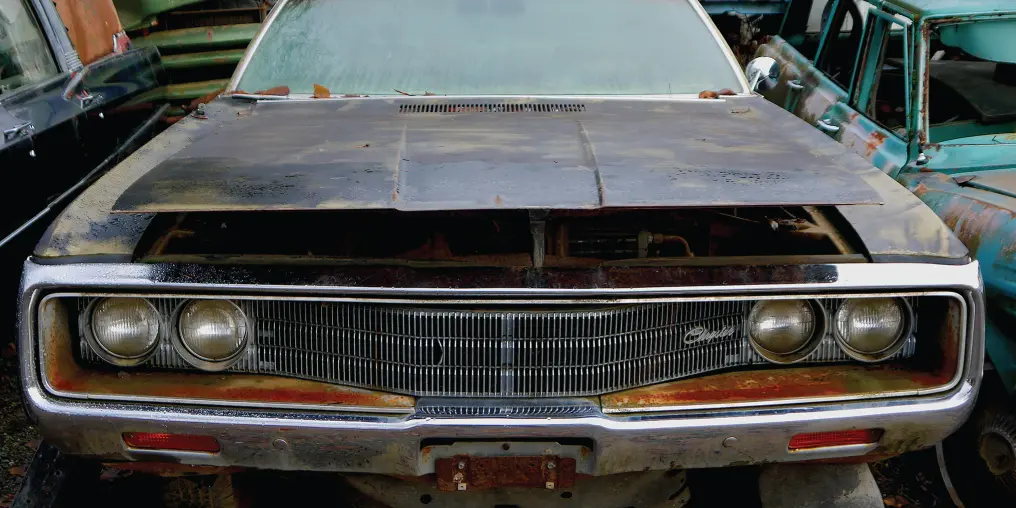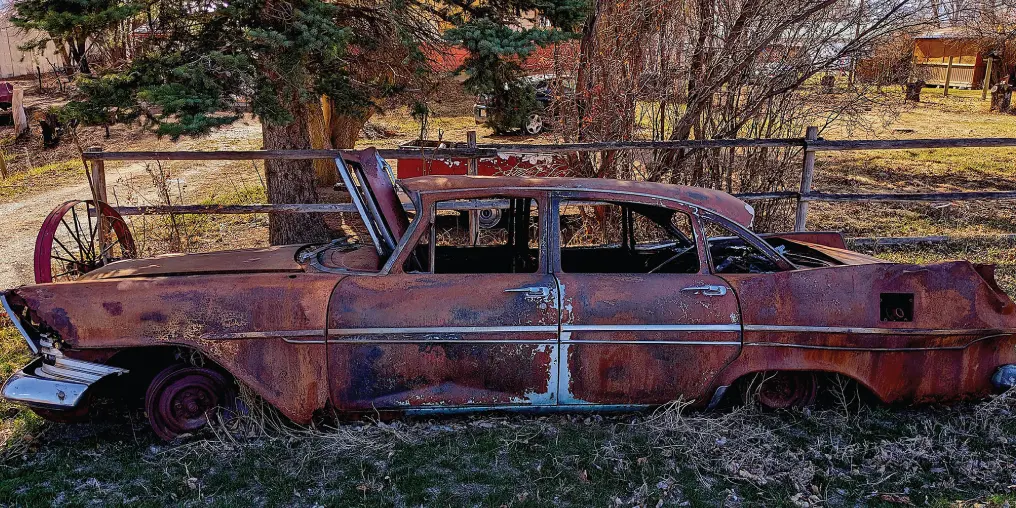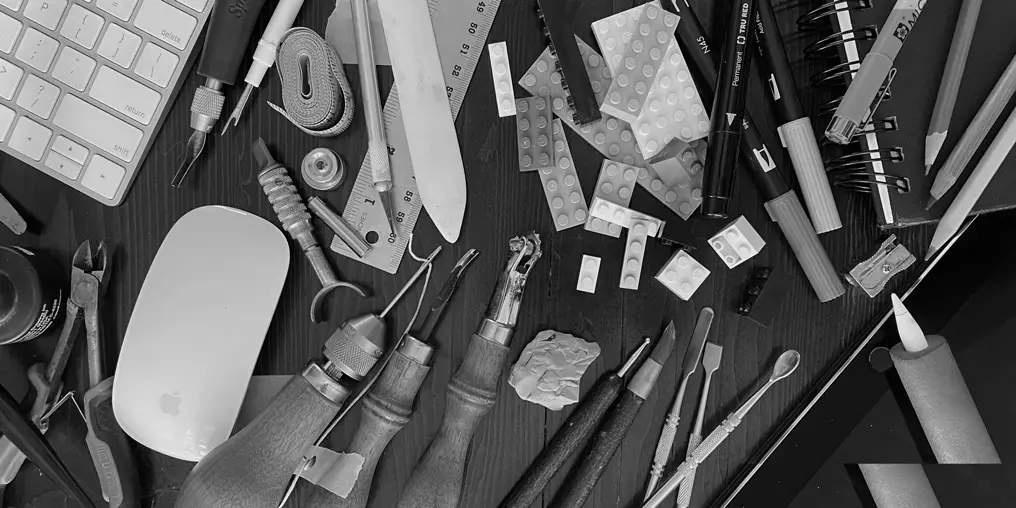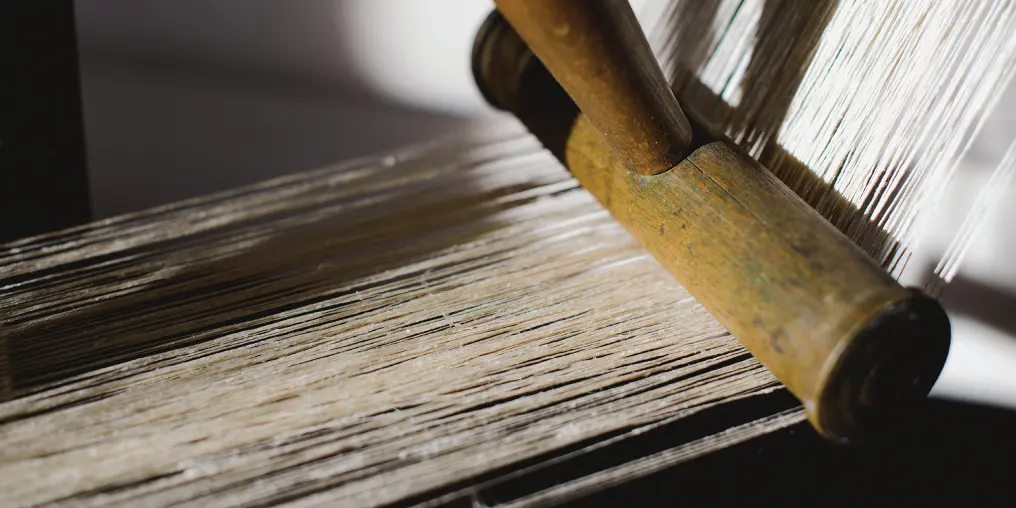When I first rolled off the assembly line decades ago, I couldn’t wait to hit the road for a life of adventure. Now I’m a yard car, my final years filled with memories of motion and freedom. The thought of joining other entities (both metal and flesh) in the warm embrace of Mother Earth gives me a strangely comforting feeling.
I’m an automobile—a five-seat sedan, to be specific. Once, I glided along highways at great speeds while my people chatted about every manner of human concern.
I’ve carried many different people throughout my life, but, over time, their faces and voices have begun to blend. As the last of my metallic paint peels away and I begin the process of fading from rust to dust, I’m content with the stillness.
I’ve been fortunate in where I spent most of my days—Vancouver Island—and in the people who travelled with me. My best days were family road trips. I loved the feel of the smooth pavement under my wheels and the wind rushing over the curves of my body as we hummed along the Inland Highway to Victoria, or when we took the occasional ferry trip to points beyond.
One of my worst days happened in fall, just as the leaves were starting to turn and the heat of the sun had begun to mellow. My person, Mark, and I were visiting the big city of Vancouver, where I always felt uneasy.
Mark had wandered away up Commercial Drive and was nowhere in sight when the tow truck pulled up in front of me. My front end was hoisted up and I was dragged to a large lot nearby, where a tremendous variety of autos were confined, row on row. Even though I was surrounded by my kind, I had never felt so alone. When Mark arrived to claim me, I learned he had parked in a place where we were unwelcome after 4 p.m. I believe automobiles are still regularly abducted and held for ransom in large pens. I’ve since thought a lot about this aggressive and seemingly illogical activity, but I’ve come to understand that, as a machine of the mechanical variety, I was probably not meant to comprehend the mysteries of human behaviour.

Another terrible day took place years later, with other people. As we meandered along the old Island Highway, past driftwood-strewn beaches and sleepy villages, little Daya asked from the back seat, “What will happen to all the cars now that climate change is making forest fires and floods?”
This conversation changed my very sense of being in the world. Although I maintained a steady 80 kilometres an hour, I felt as if I would stall at that very moment.
Daya’s dad described how everyone would eventually drive electric vehicles. Grandpa John explained that technology would evolve to completely phase out fossil fuels so the planet could begin to heal itself from the damage done by carbon emissions.
The stress of this conversation catalyzed my mechanical deterioration. I couldn’t forget I was powered by a harmful substance. Even though my maintenance had been carefully kept up, all my parts began to wear out over the next few years.
Now I sit in a yard. Grass grows all around me; my upholstery is covered in dirt, detritus, and crud. Many of my parts are rusted and no longer work, but my soul and mind are as alive as ever.
When I’m not reminiscing, I often think about the confounding nature of human activity. How and why do they invent things, and incorporate them with such enthusiastic ubiquity, without fully considering the consequences? It’s baffling.
And yet I have a fondness for humans, despite their folly and flaws. I’m proud and grateful that I’ve had a place and function in the universe. I’m intrigued to find out what happens to the soul of an automobile after this body no longer cruises the surface of the world. I’m ready to be forever committed to the earth.





